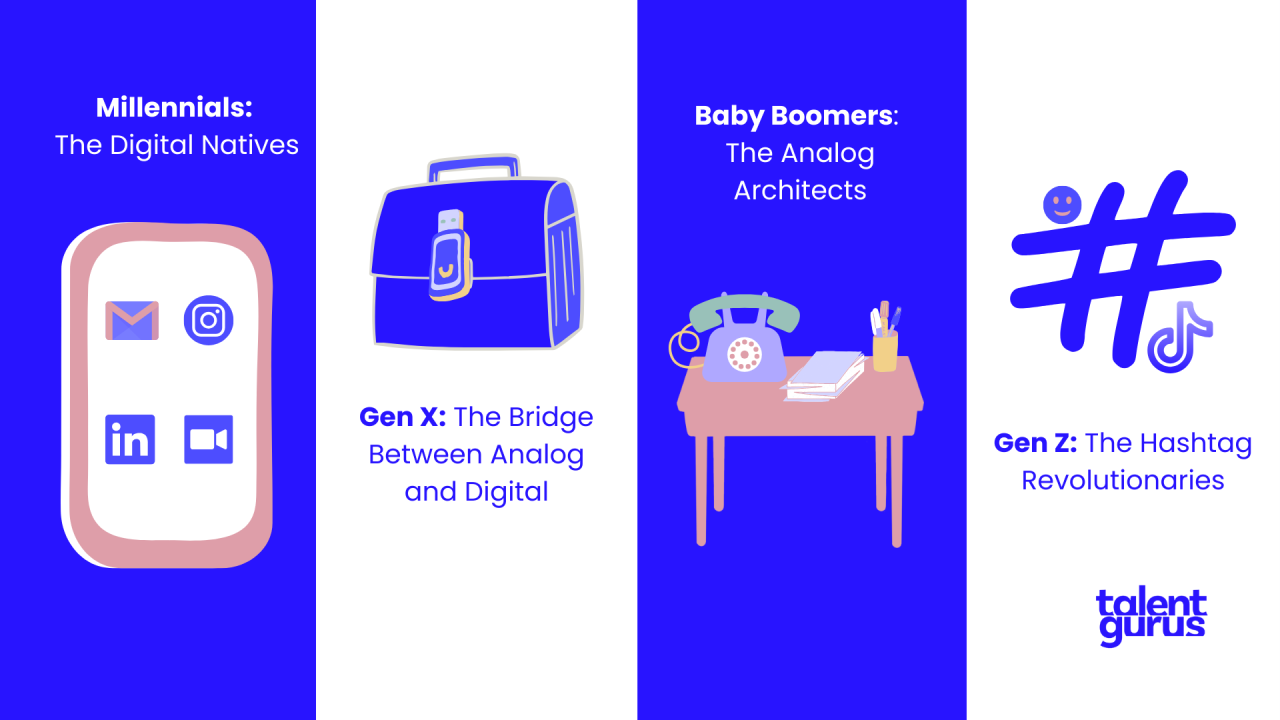The Critical Role Of Middle Management: Bridging The Gap Between Leadership And Employees

Table of Contents
Middle Management's Influence on Employee Engagement and Motivation
Effective middle managers are instrumental in fostering a thriving work environment that boosts employee engagement and motivation. Their ability to communicate effectively and provide constructive feedback directly impacts team morale and productivity. A supportive and understanding middle manager can significantly improve employee satisfaction and reduce turnover.
- Regular one-on-one meetings: These provide a platform for open dialogue, addressing individual concerns and providing personalized feedback.
- Open-door policy for communication: This fosters a culture of trust and transparency, encouraging employees to voice their opinions and concerns without hesitation.
- Recognition and rewards for employee achievements: Acknowledging contributions, both big and small, boosts morale and reinforces positive behaviors.
- Addressing employee concerns promptly and effectively: Showing empathy and taking action on employee issues demonstrates respect and builds trust.
- Creating a culture of trust and respect: A positive and supportive work environment where employees feel valued is key to high engagement and motivation.
By implementing these strategies, middle managers can significantly improve employee engagement, leading to increased productivity and overall organizational success. Strong communication and a focus on employee well-being are key components of effective middle management.
Facilitating Effective Communication and Information Flow
Middle managers play a pivotal role in translating high-level strategic goals into actionable tasks that employees can understand and execute. They serve as the critical communication conduit, ensuring information flows smoothly between leadership and the frontline workforce. This prevents information distortion and ensures everyone is aligned towards common objectives.
- Regular team meetings to disseminate information: These meetings provide a forum for updates, clarification, and Q&A sessions.
- Clear and concise communication of goals and expectations: Ambiguity leads to confusion and inefficiency; clear communication is paramount.
- Active listening and feedback mechanisms: Creating a two-way communication channel ensures that concerns are heard and addressed.
- Using multiple communication channels to ensure information reaches everyone: Employing various methods (email, intranet, meetings) caters to different communication styles and ensures comprehensive reach.
- Proactive identification and resolution of communication breakdowns: Addressing issues promptly prevents misunderstandings from escalating and impacting productivity.
Effective communication, facilitated by competent middle management, is the cornerstone of a successful organization. By mastering these communication strategies, middle managers ensure everyone is on the same page and working towards shared goals.
Driving Performance and Accountability
Middle managers are responsible for setting clear performance expectations, monitoring progress, and providing constructive feedback. They act as coaches, guiding employees to achieve their goals while maintaining a supportive and encouraging environment. This involves both celebrating successes and constructively addressing performance issues.
- Setting SMART goals (Specific, Measurable, Achievable, Relevant, Time-bound): This ensures that goals are clear, attainable, and aligned with organizational objectives.
- Regular performance reviews and feedback sessions: These provide opportunities for open dialogue, assessing progress, and identifying areas for improvement.
- Mentoring and coaching employees for professional development: Investing in employee growth fosters loyalty and enhances overall team capabilities.
- Addressing performance issues promptly and constructively: Addressing issues early prevents them from escalating and impacting team performance.
- Promoting a culture of accountability and responsibility: Holding employees accountable while offering support creates a productive and responsible work environment.
Effective performance management, spearheaded by strong middle management, is crucial for driving organizational success. By fostering a culture of accountability and providing consistent support, middle managers contribute significantly to achieving high performance levels.
Developing Future Leaders
Middle managers are often the first line of contact in identifying and nurturing high-potential employees. They play a vital role in developing future leaders within the organization, creating a strong leadership pipeline for sustained success. This involves mentoring, delegating, and providing opportunities for growth.
- Identifying and nurturing talent within the team: Recognizing and fostering the skills of high-potential employees is crucial for future leadership.
- Providing opportunities for professional development and training: Investing in employee growth ensures they have the skills and knowledge to take on greater responsibilities.
- Delegating responsibilities and empowering team members: Giving employees opportunities to lead and manage tasks develops their leadership skills.
- Mentoring and coaching high-potential employees: Providing guidance and support helps employees develop their leadership capabilities.
- Creating a culture of continuous learning and development: A commitment to growth ensures the organization has a robust pipeline of future leaders.
Investing in leadership development through middle management is a crucial strategy for long-term organizational health. By fostering a culture of growth and providing opportunities for advancement, middle managers contribute significantly to succession planning and organizational sustainability.
Strengthening Your Organization Through Effective Middle Management
In conclusion, effective middle management is crucial for bridging the communication gap between leadership and employees, driving performance, and fostering high levels of employee engagement. They are the linchpin of organizational success. Investing in middle management training and development programs is not an expense; it's a strategic investment in your organization's future. Assess your current middle management practices. Are your middle managers equipped with the skills and support they need to excel? Strengthen your middle management team by providing them with the resources, training, and support necessary to thrive. Improve your middle management strategies for better organizational outcomes. Invest in your middle management – invest in your future.

Featured Posts
-
 Top 3 Financial Mistakes Women Make And How To Fix Them
May 22, 2025
Top 3 Financial Mistakes Women Make And How To Fix Them
May 22, 2025 -
 Jesse James Nfl Draft Experience A Personal Account
May 22, 2025
Jesse James Nfl Draft Experience A Personal Account
May 22, 2025 -
 Victorie Categorica Pentru Georgia In Fata Armeniei 6 1 In Liga Natiunilor
May 22, 2025
Victorie Categorica Pentru Georgia In Fata Armeniei 6 1 In Liga Natiunilor
May 22, 2025 -
 Rueckkehr Der Kultfiguren Dexter Resurrection
May 22, 2025
Rueckkehr Der Kultfiguren Dexter Resurrection
May 22, 2025 -
 Music And Community Defining The Sound Perimeter
May 22, 2025
Music And Community Defining The Sound Perimeter
May 22, 2025
